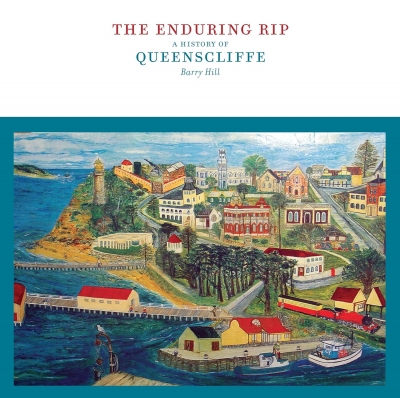Barry Hill
It wounds, this shift of scale.
As I stand on the balls of my feet
back on my heels only once
to keep even for the painting
and myself clear from excess
of feeling: balanced to look
and half hearing her sleepily say:
Broken Song: T.G.H. Strehlow and Aboriginal possession by Barry Hill
by Frances Devlin-Glass •
The 1967 Referendum, or When the Aborigines Didn’t Get the Vote by Bain Attwood and Andrew Markus with Dale Edwards and Kath Schilling
by Barry Hill •
The Australian Year: The chronicle of our seasons and celebrations by Les A. Murray
by Barry Hill •









